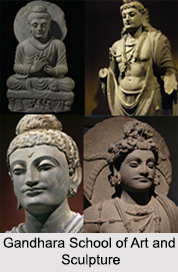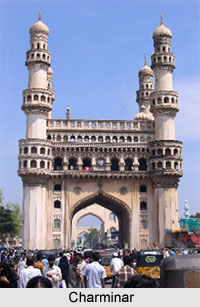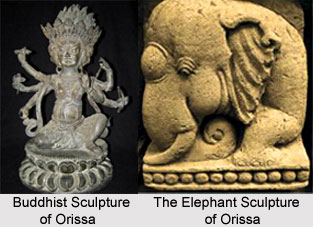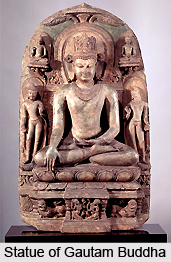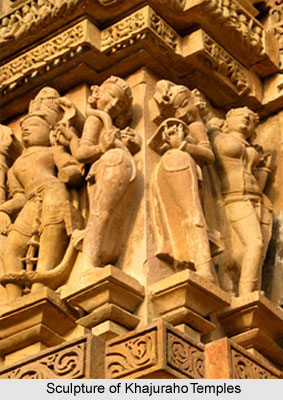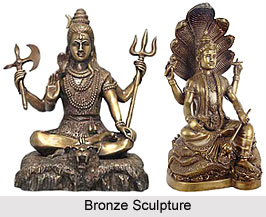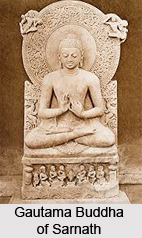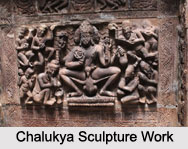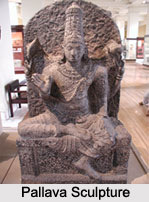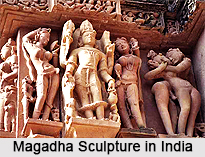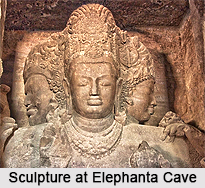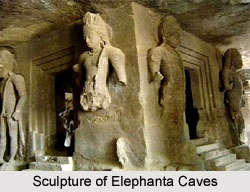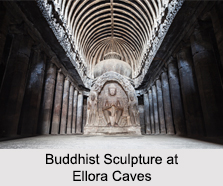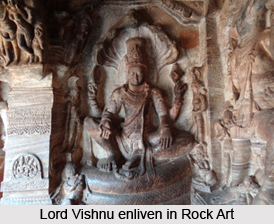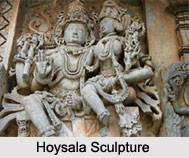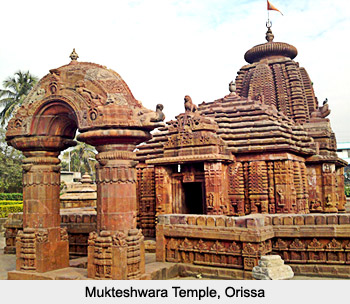 Temple Sculpture of Andhra Pradesh represents an amalgamation of different styles. Several kingdoms like the Satavahanas, Badami Chalukyas, Ganga Kings and the Vijayanagar Empire has reigned in Andhra Pradesh from time to time. The State of Andhra Pradesh flourishes in archaeological remains and spiritual monuments. The Satavahanas of the 1st century CE left after them many works of art which are seen at Amaravati near Guntur.
Temple Sculpture of Andhra Pradesh represents an amalgamation of different styles. Several kingdoms like the Satavahanas, Badami Chalukyas, Ganga Kings and the Vijayanagar Empire has reigned in Andhra Pradesh from time to time. The State of Andhra Pradesh flourishes in archaeological remains and spiritual monuments. The Satavahanas of the 1st century CE left after them many works of art which are seen at Amaravati near Guntur.
The Ikshvakus thrived the Satavahanas and the monuments left behind by them were noticed at mines at Nagarjunakonda. Some of the best known Buddhist monuments of Andhra Pradesh such as the Mahastupa and a few Hindu temples were found in these excavations.
History of Temple Sculpture of Andhra Pradesh
The oldest temples in the State, Tirupati Venkateswara Temple and the Kalahasteeswara Temple dated back to the pre Christian times. The Kakatiyas succeeded the later Chalukyas and ruled from Warangal (11th - 14th century CE) constructed several beautiful temples that was infused with sculpture. Ramappa temple is an example of brilliant Kakatiya dynasty of Warangal art. The walls, pillars and the ceilings are lined by intricate carvings. The wall panels, pillars and ceiling are sculpted figures inspired from Hindu mythology. The hall in front of the sanctum is filled with carved pillars. There is an enormous Nandi within, facing the shrine of Shiva. In most of the Shiva temples , the Nandi built by kakatiyas is in an alert position and waiting for the order of lord Shiva. Several dance poses also appear in these sculptures.
In Andhra Pradesh, Vijaynagar Empire built the Srisailam Mallikarjuna Temple, Upper Narasimha Temple and Lower Narasimha Temple at Ahobilam, Veera Bhadra Temple at Lepakshi and Venkateswara Temple at Tirupati and others. Here Srisailam temple and the ornate Lepakshi temples deserve a mention. Bhramaramba Mallikarjuna temple is located in Srisailam is dedicated to Lord Shiva. Heroic legends from the Mahabharata and Ramayana have been sculpted in stone on the temple walls.
Style of Temple Sculpture of Andhra Pradesh
The architecture of the temples followed the Dravidian art and sculpture style. Hence the temples here flaunt colossal shikharas, gopurams, garbhagrihas, mandapas and sculpted pillars. Besides the ancient temples of Andhra Pradesh also consists of some modern temples. Both the ancient and contemporary temples stand out for their sculpture. Episodes from the Hindu epics, motifs in the form of animals, humans and plants and kirtimukhas are part of the temple sculptures of Andhra Pradesh. The North Eastern area of Andhra Pradesh was under the rule of the Ganga Kings and the temples of this district demonstrate influences of the Odisha style of architecture. The temples which stroke the length and breadth of the State rise in silent acknowledgement of centuries of history and the support of various kingdoms such as the Cholas and Pallavas of Tamil Nadu, the Chalukyas of Deccan, the Eastern Gangas and the Vijayanagar Kings.
Works of Temple Sculpture of Andhra Pradesh
The following list is an indicator to some of the temples in Andhra Pradesh and these are:
Lepakshi Temple: The Lepakshi temple situated in Anantapur district of Andhra Pradesh is also known as Veerabhadra temple. The sculptures and the mural paintings seen in the Natya and Kalyana Mandapams are outstanding for their creative beauty and expertise. Most of these sculptures depict the mythical puranic episodes like `Ananthasayana`, `Dattatreya`, `Chaturmukha Bramha`, `Tumburu`, `Narada` and `Rambha`. The Lepakshi temple has been built in honour of Lord Veerabhadra.
Durga Temples: The Devi Kanaka Durga Temple is known as Swayambhu or self manifested. Devi Kanaka Durga Temple has found an important place in ancient scriptures like Shivalilas and Shaktimahimas. The temple gets decked up with flowers and illuminations through the festive season of Dussehra, Navaratri and Saraswati Puja. Especially the Dussehra, the celebration of Goddess Durga is celebrated with great pomp and glory.
Kurma Temple: The Kurma Temple is one outstanding temple, which is dedicated to a rare manifestation of Lord Vishnu. The idol construction comprises of 2 stones of about 2 feet in length. The stones come out from the floor represents the head and the body of the Lord - Sri Kurma. Situated on the banks of the beautiful Swati Puskarini Lake, the temple has a celestial entrance adorned with wonderful sculptures. The inner study of the temple is adorned with wonderful idols on both the sides.
Suryanarayana Temple: Suryanarayana Temple was built through the 7th century by the Kalinga rulers of Odisha. Arasavalli is situated at Srikakulam by Vishakhapatnam in the state of Andhra Pradesh. The temple enshrines the Sun God. The idol has been carved from black granite 5 feet in height holding lotus buds, surrounded by his consorts Padma, Usha and Chhaaya. The idol is depicted riding on a chariot driven by seven horses.
Birla Mandir: The Birla Mandir of Hyderabad is a contemporary temple on the peak of a hill. It is built out of white marble. The major deity is made out of granite and is about eleven feet tall. A carved lotus acts as an umbrella for this image of Venkateswara. In the neighbouring hall, "mukha mandapam", there are marvellous architectural works engraved in marble.
Amaravati Amareswara Temple: This ancient temple dedicated to Shiva enshrines a 15 feet tall white marble Shiva Lingam and is surrounded by massive walls with towers. The Satavahanas and the Vijayanagar kings have made great contributions to this temple.
The North Eastern region of Andhra Pradesh was under the rule of the Ganga Kings of Odisha and the temples of this region show influences of the Odisha style of architecture The Srimukhalingeswara Temple is one of the famous Hindu pilgrimage centres in Andhra Pradesh. It was built by Kamarnava II in 8th century AD of the Eastern Ganga dynasty. It is a heavily sculptured temple. At the entrance there two lions carved on each side of the few stair-cases. An intricately carved gate with figures of Gods and Goddesses takes one to the inner prakara. The walls of the temple in the centre have images of Gods and Goddesses in their various incarnations. Srimukhalingeswara Temple is a temple that is elegantly carved. It is a group of three temples dedicated to three forms of Lord Shiva namely, Mukhalingeswara, Bhimeswara and Someswara.




